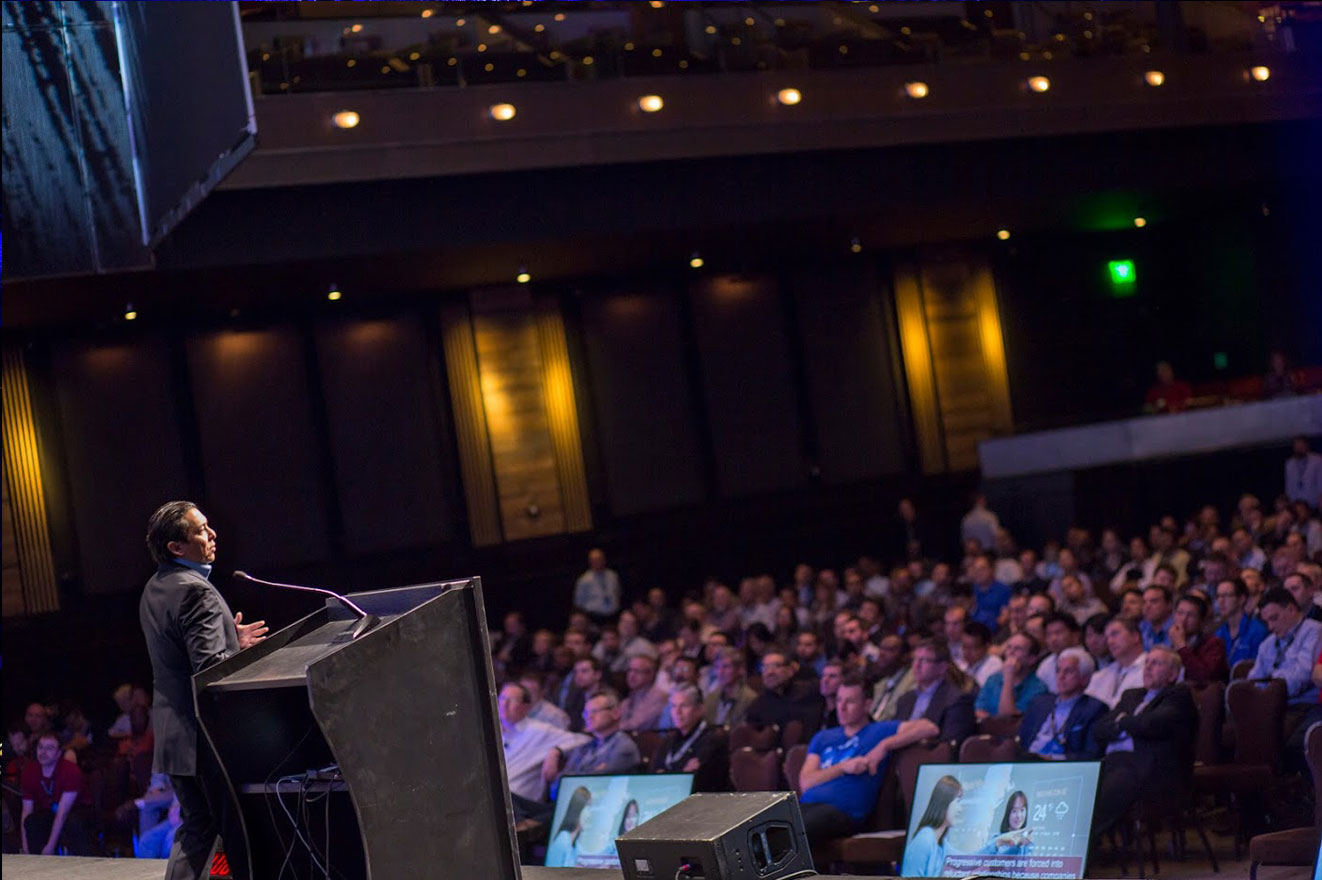
In case you didn’t know, I have a new book out and it’s a little different than anything I’ve published to date, Lifescale: How to Live a More Creative, Productive and Happy Life.
I’ll be completely transparent with you. Some wondered, myself included, if writing a book about digital distractions and how to recenter yourself without disconnecting would be healthy for my keynote speaking and professional research/advisory. Some felt that it would distract from my brand as as a thought leader in digital transformation, CX, business innovation, and leadership.
Honestly, it is, as a personal topic, early to be an in-demand keynote speech. And, it’s certainly not yet a critical topic for brands and technology vendors seeking advisory/strategy. But, it’s a book I had to write. It’s a journey I had to undertake. Living a distracted life, unchecked, was proving harmful.
To connect it to my speaking and work, I’m thinking about Lifescale in a way that business and professional audiences can appreciate. I’m putting on my hat as a digital anthropologist and digital analyst to connect the dots between distractions and markets and workforces.
Here’s what I learned over the last several months. Another important way to think about the topic of digital distractions in context for conference and event organizers and executives is in terms of opportunity cost and outcomes…what are leaders missing and what are they losing to digital distractions and disruption.
My research already shows the largely unaccounted for, yet costly role distractions play in affecting CX and EX.
In CX, distracted customers go through the customer journey much differently than we appreciate today. The emotions they carry in each moment of truth, linked to their intentions in every touchpoint, and how brands engage them, affects their next steps and resulting sentiment. For the most part, opportunities for true engagement are missed.
With EX, the same is true for connected employees in their journey. Distractions are in a constant tug of war with focus, work and flow. Subconsciously, employee productivity, creativity and morale is plummeting. We measure morale today. We’ve not yet landed on a meaningful solution to address it…even though there are several transformative solutions available (hint: assessments and training aren’t the answer! At the same time, the hit on output and creativity is measurable, but it’s not a priority to measure and fix…yet.
Did you know 36% of Millennials and Gen Z workers report spending two or more hours each workday “looking at their phones for personal activities?” They’re hardly alone. Everyone is distracted. On average, we receive up to 200 notifications per day. Each time employees reach for their phone or tends to a distraction, they are pulled away from their work, relentlessly, costing companies time while affecting output quantity and quality. This is having an incredible, understudied impact on employee productivity, creativity and happiness. Can you imagine how much this is costing organizations? More so, we need to understand how distractions are influencing employee experiences and morale.
Customers too need consideration. One fifth of US consumers (21%) find that shopping makes them feel stressed. Additionally, more than 1 in 10 experience high stress levels while buying online. Customers too need consideration. One fifth of US consumers (21%) find that shopping makes them feel stressed. Additionally, more than 1 in 10 experience high stress levels while buying online. This leaves customers feeling largely unassisted or isolated while they seek to make important decisions. How can brands help customers feel reprieve, delight and value at important moments in their journey?
As customers and employees, we’re learning to expect regular interruption and distraction. Our minds and bodies are speeding up to compensate as a result. We’re multi-tasking more, but it’s really task-switching. We expend precious energy as we switch from task to task. We’re not getting as much done as we think we are. What’s worse, we’re keeping ourselves from deep work and creativity…and even contentment in any given moment.
I learned that we can rewire ourselves to use tech more creatively and to work and live much better. The solution is surprisingly human and executives need the perspectives and tools to add value to their markets and workforces.
It’s time for executives and managers to understand what’s happening to productivity and happiness among customers and employees. Now is a time for empathetic and engaged leadership to lead the way forward.
I think this is an important and timely conversation for leaders to have today. I am customizing educational, entertaining and inspiring presentations about Lifescale for employers, industry organizations, user conferences and more.
Let’s talk about how I can help you and your clients and partners thrive in an era of digital distractions.
Helpful Links:
SXSW 2019 Keynote on Lifescale.
Harvard Business Review, “Doing Creative Work When You Can’t Stop Looking at Your Phone.”
MIT Sloan, “How Managers Can Help Workers Tackle Digital Distractions.”
p.s. Here are other popular keynote topics: Digital Darwinism, Corporate Innovation and Disrupting Risk-Averse Mindsets, Customer Experience and Connected Customers, and the “Future of…”

Brian Solis | Author, Keynote Speaker, Futurist
Brian Solis is world-renowned digital analyst, anthropologist and futurist. He is also a sought-after keynote speaker and an 8x best-selling author. In his new book, Lifescale: How to live a more creative, productive and happy life, Brian tackles the struggles of living in a world rife with constant digital distractions. His previous books, X: The Experience When Business Meets Design and What’s the Future of Business explore the future of customer and user experience design and modernizing customer engagement in the four moments of truth.
Invite him to speak at your next event or bring him in to your organization to inspire colleagues, executives and boards of directors.
If this post doesn’t look right in your email, please subscribe my new feed instead.
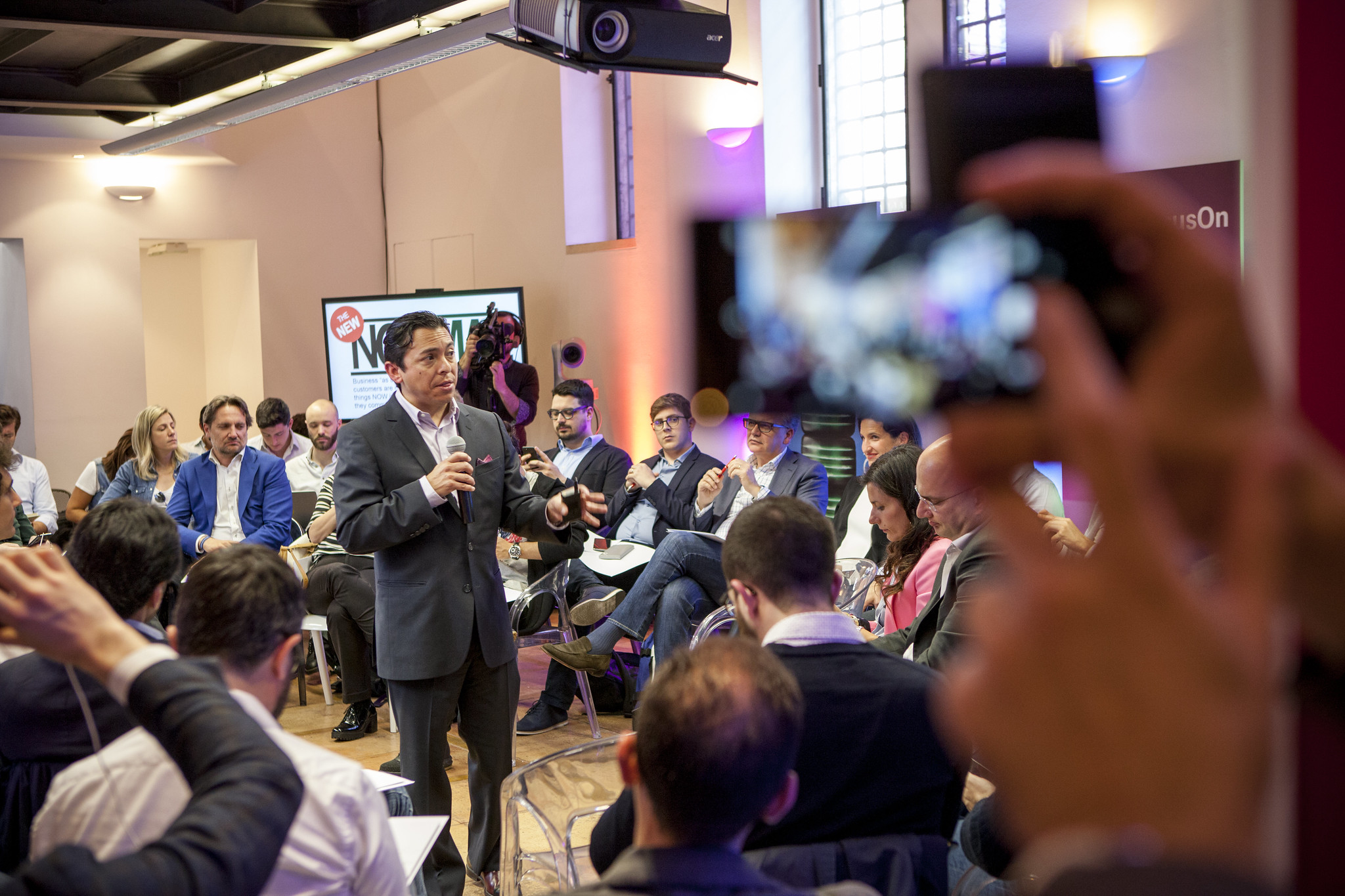
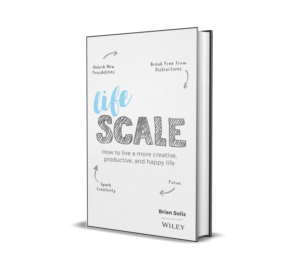
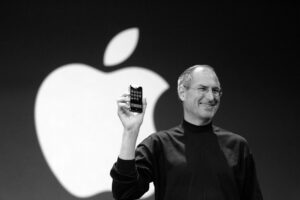
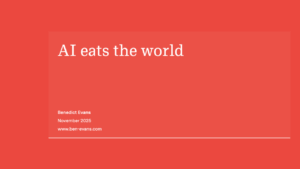
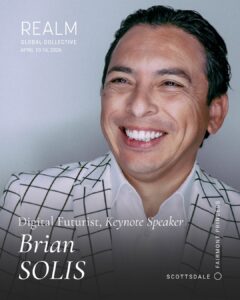


Leave a Reply